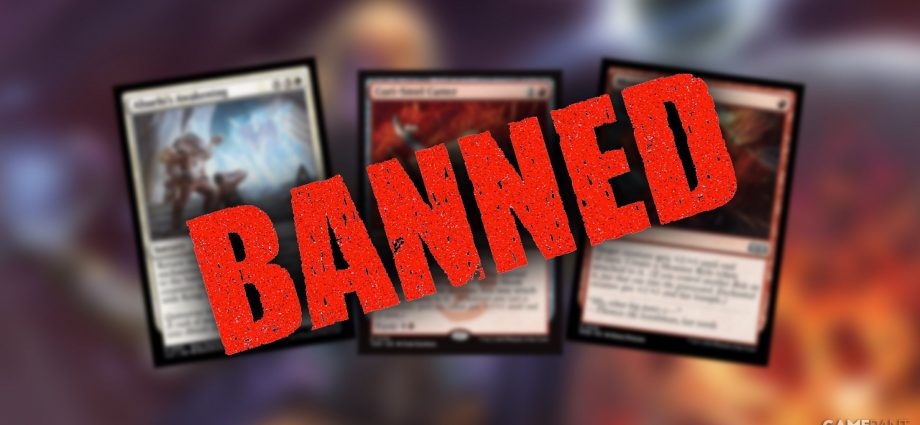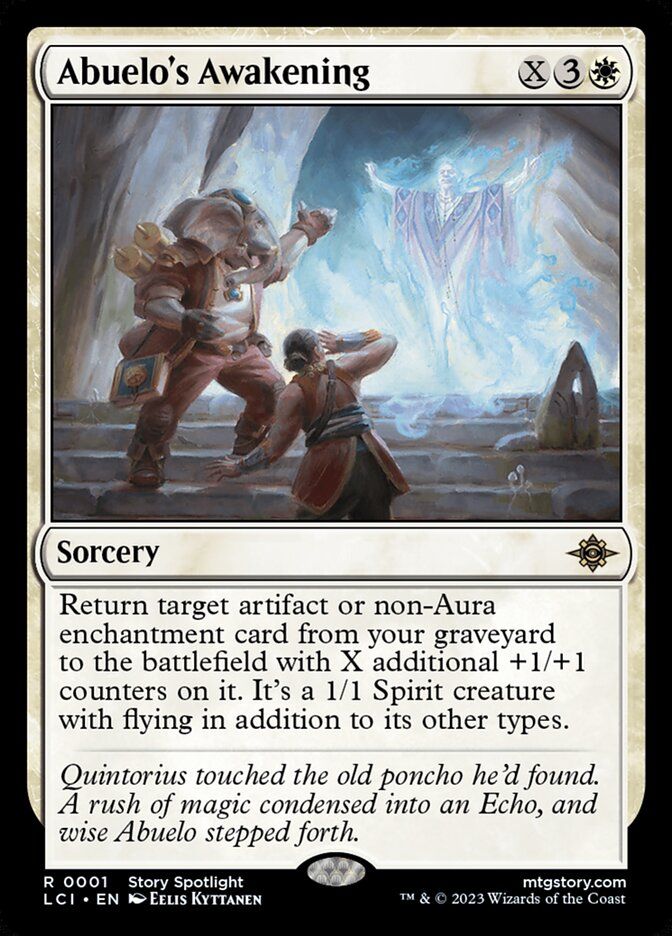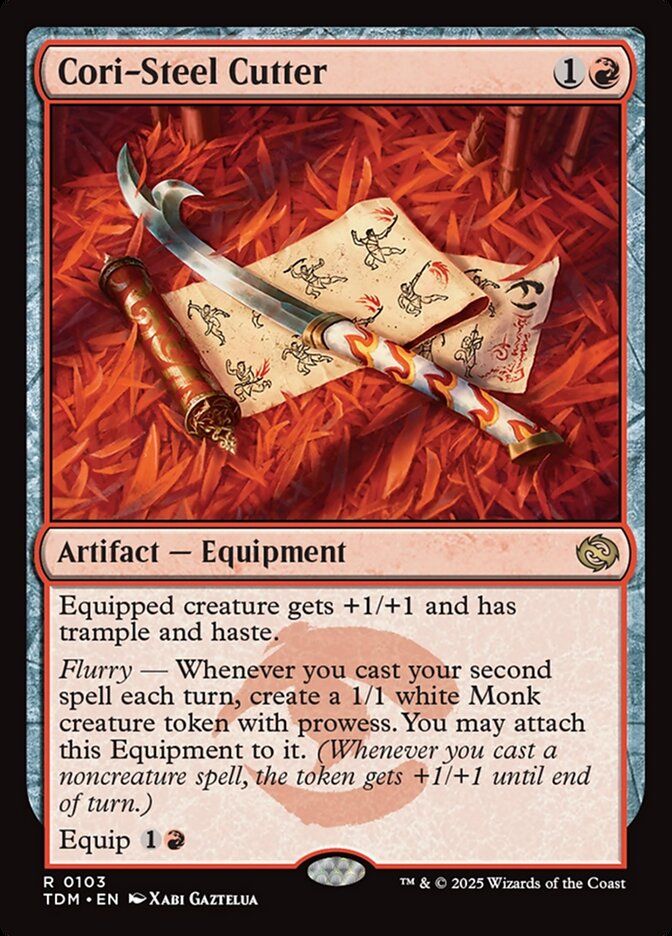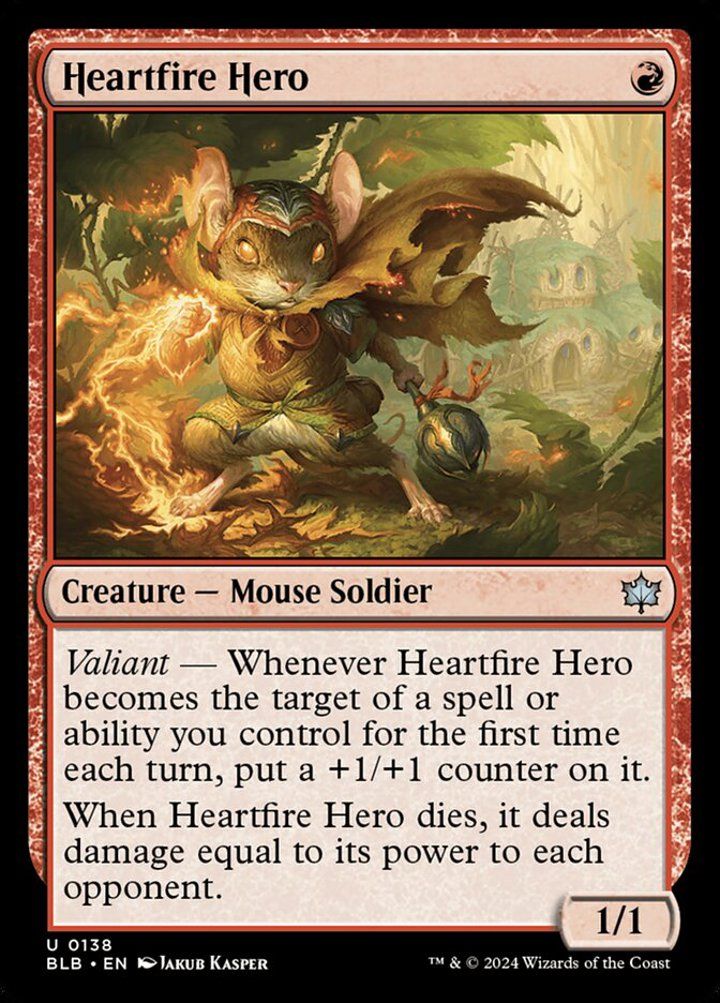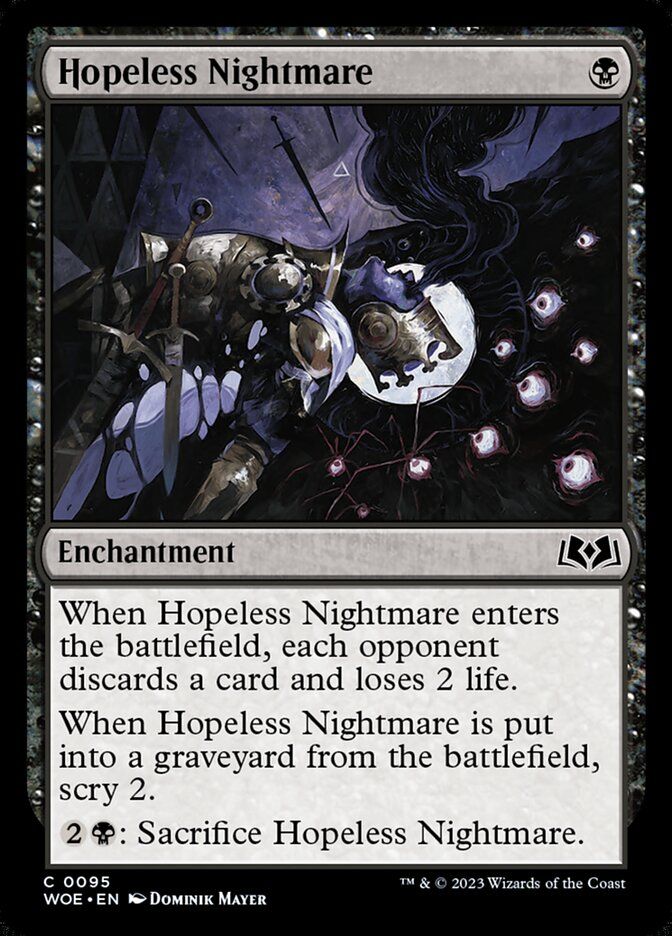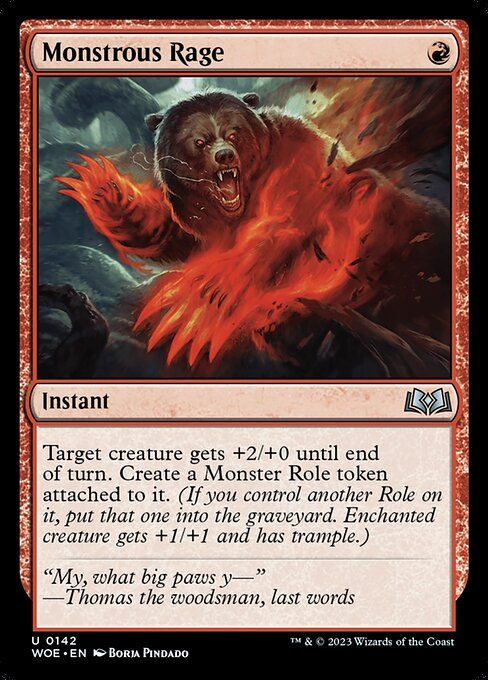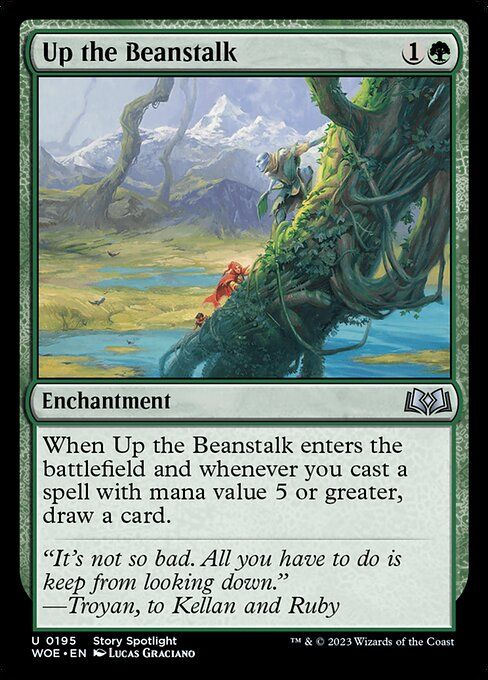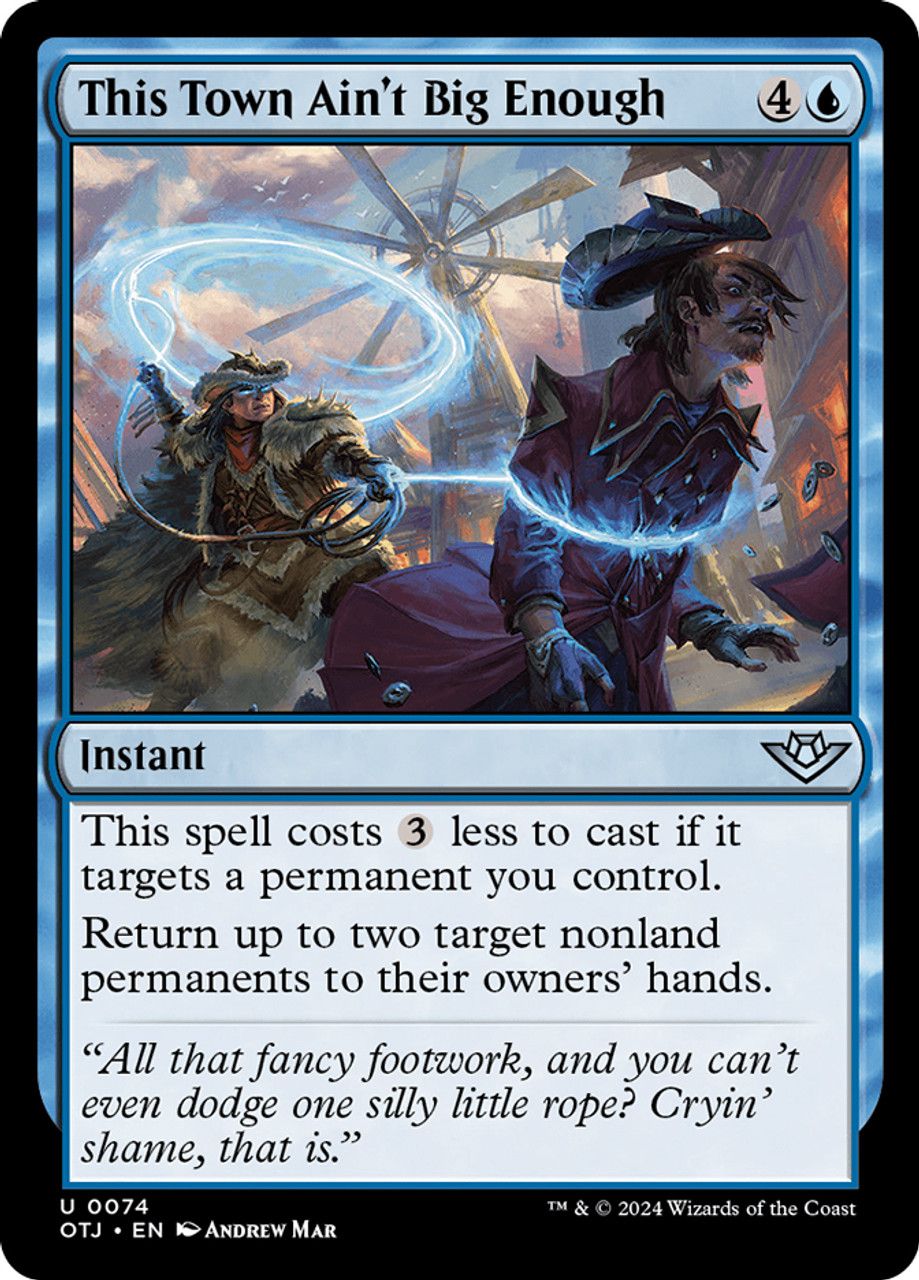Magic: The Gathering has seen a lot of changes lately, with some of its formats getting either direct interventions from Wizards of the Coast with bans, or massive shakeups with new releases. Standard is one of the most impacted formats lately, as it went from a 2-year rotation to a 3-year one, all while getting Magic: The Gathering‘s Foundations set in semi-perpetuity as well as Universes Beyond as part of the format. On June 30, Wizards of the Coast released the highly anticipated Banned and Restricted Announcement post, revealing that a total of seven cards were banned in Standard. These are:
- Abuelo’s Awakening
- Cori-Steel Cutter
- Heartfire Hero
- Hopeless Nightmare
- Monstrous Rage
- Up the Beanstalk
- This Town Ain’t Big Enough
For better or for worse, these bans make sense for different reasons, and the general idea from WotC was to make Standard slow down a bit while reducing the power of problematic decks. Many of the cards on this list may not be a surprise to devoted players, as they have either been on ban lists before, or had a certain reputation in the meta before the bans. Magic: The Gathering‘s meta is going to change a lot as a result, but for now, it’s interesting to note why each card was removed.
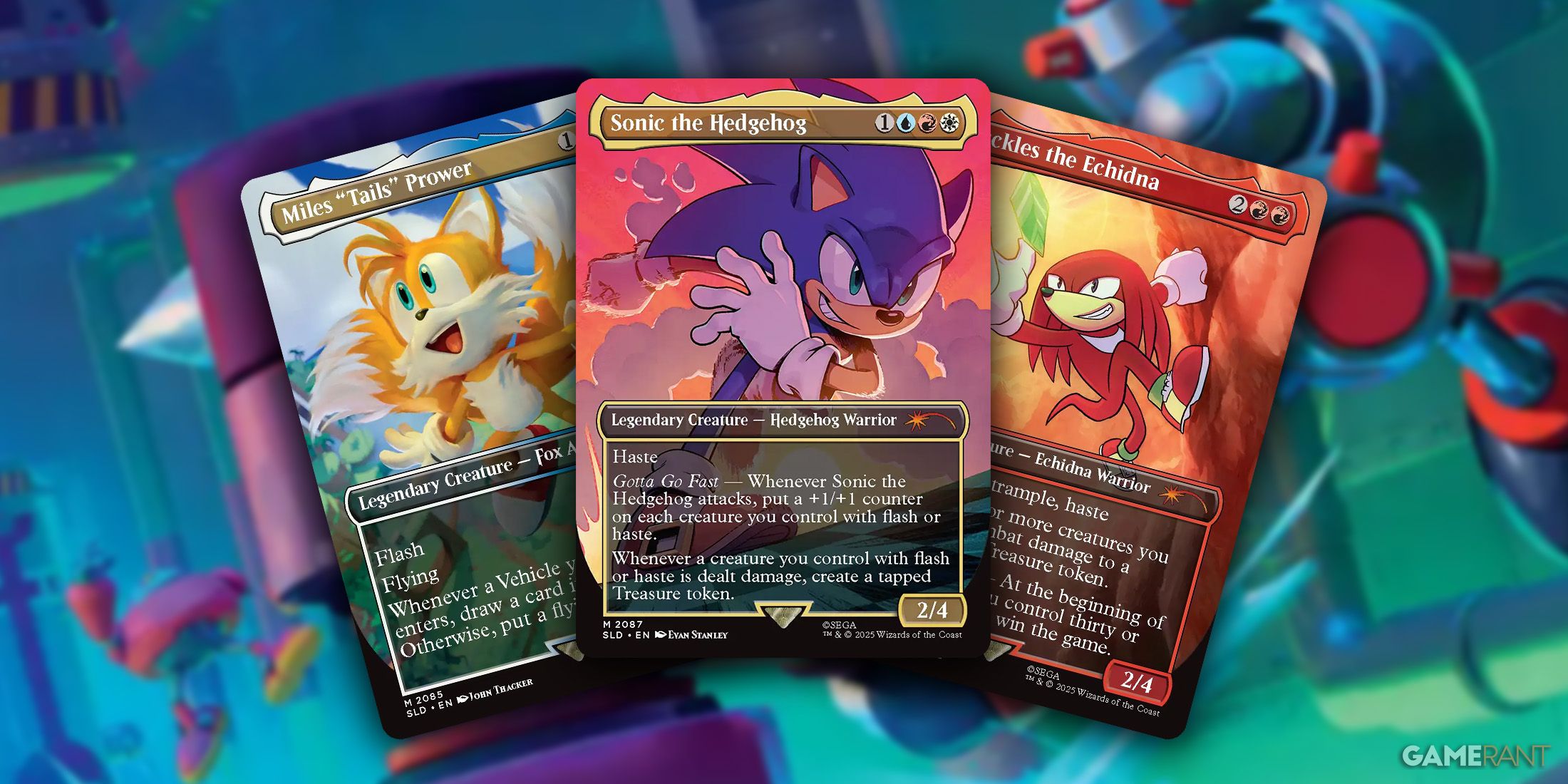
Related
Every Magic: The Gathering X Sonic the Hedgehog Card Revealed So Far
Wizards of the Coast has revealed that the next Magic: The Gathering Secret Lair will cross over with Sonic the Hedgehog.
Abuelo’s Awakening – Why it Was Banned in MTG’s Standard Format
This card was the strongest cheat engine to get Omniscience into the game for Azorius Omniscience decks. Abuelo’s Awakening has been very strong and borderline OP for a long time, and it sets a precedent for cheap recursion spells. WotC may have to be careful with future recursion spells that bring back permanents from the graveyard and not make them too cheap to avoid such incredible combos. Banning Abuelo’s Awakening over Omniscience makes sense because it would have limited WotC with future high-cost artifacts and enchantments, knowing they could be cheated into play for cheap. With Omniscience being in the meta for several years, if not in semi-perpetuity, thanks to a reprint in MTG‘s Foundations, banning Abuelo’s Awakening seems a sensible choice.
Cori-Steel Cutter – Why it Was Banned in MTG’s Standard Format
It’s arguably a broken card because it gives a creature +1/+1, trample, and haste for just two CMC, and then generates more value the longer it stays on the field thanks to flurry. This means that one theoretically never trades 1 for 1 to destroy Cori-Steel Cutter because it’s usually cast alongside a second spell for the turn, creating a 1/1 Monk with Prowess. This made the Izzet Prowess incredibly strong and consistent, with over 40% of the decks in the latest Pro Tour featuring it, and it also forced players to either outpace this deck or have answers for Cori-Steel Cutter before it ended up dominating the game. Though this card came out with MTG‘s Tarkir: Dragonstorm a few months ago, it’s already getting a ban.
Heartfire Hero – Why it Was Banned in MTG’s Standard Format
This card has been on WotC’s radar for a while, since it was nerfed in Alchemy to make it a 0/1, instead. Before the bans, Heartfire Hero was arguably one of the best 1-drops in the format because it’s a 1/1 creature with Valiant, meaning it gets +1/+1 counters easily, and then deals damage equal to its power to all opponents on death. Combined with Monstrous Rage, this card became a 5/3 with trample and its on-death trigger, potentially dealing up to 9 damage in a single turn if blocked and killed by a creature with 1 toughness. With multiple combat tricks and cards like Manifold Mouse, Heartfire Hero made mono Red aggro OP in Magic: The Gathering‘s Standard format. Banning it alongside Monstrous Rage is probably the better decision than banning Manifold Mouse if the intent was indeed to slow things down.
Hopeless Nightmare – Why it Was Banned in MTG’s Standard Format
Perhaps not as problematic as other cards on this list, Hopeless Nightmare is still very frustrating to play against due to strategies that bounce it back to the owner’s hand from play or the graveyard, making it a consistently strong 1-drop for Orzhov Pixie decks in Standard. The discard is what pushes Hopeless Nightmare over the edge, and between that and its fast, aggressive damage, it makes for safe ban in respect to the health of the current meta.
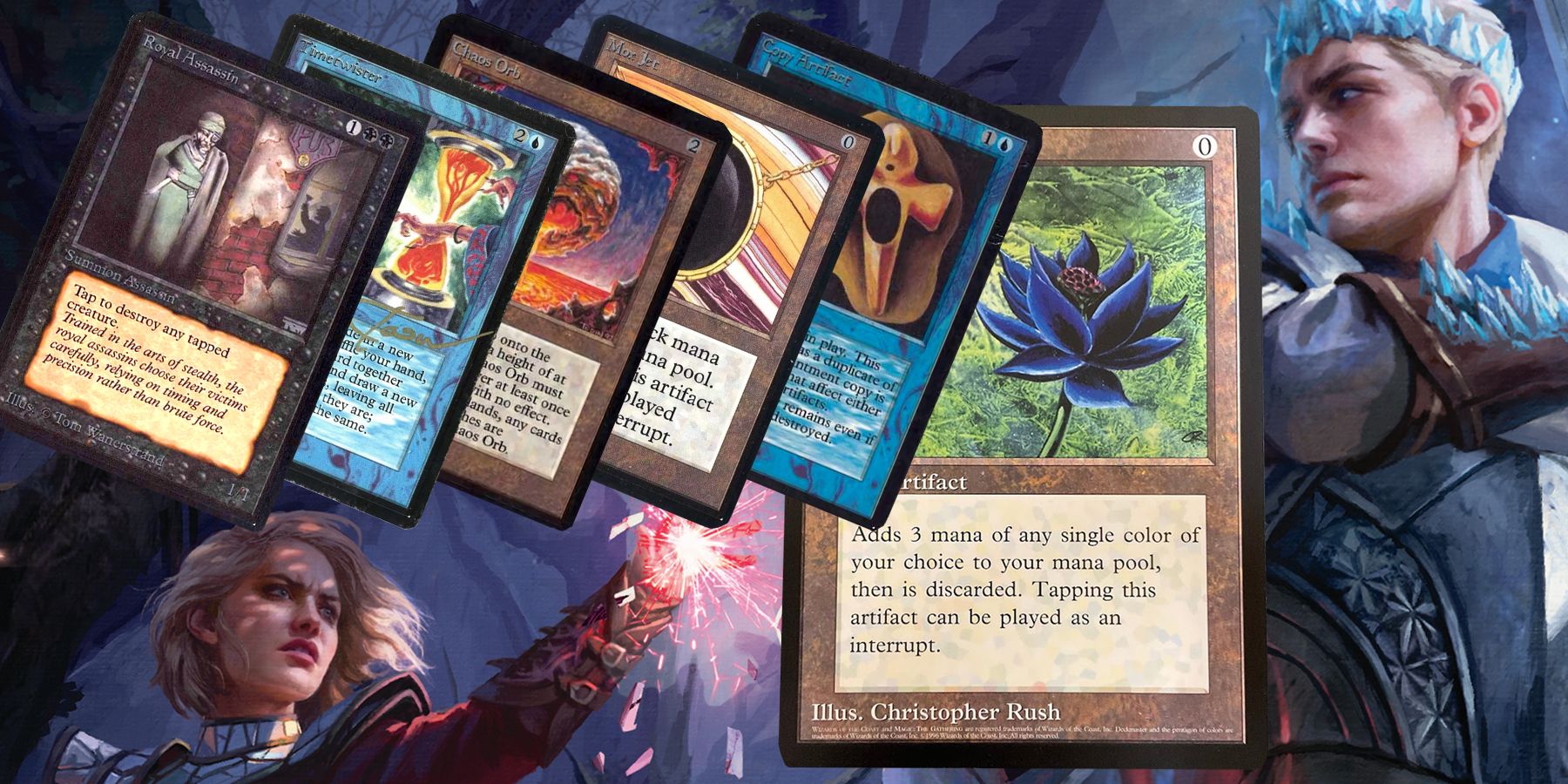
Related
The 30 Rarest Magic: The Gathering Cards (And How Much They’re Worth)
Magic: The Gathering has some of the rarest, most valuable cards of any TCG, and collectors are still tripping over themselves to find these pieces.
Monstrous Rage – Why it Was Banned in MTG’s Standard Format
This card has been around for a while, but it only started to see play and become gradually more problematic in Standard decks in MTG after the addition of the Bloomburrow Mouse package. Combined with Manifold Mouse, Heartfire Hero, and other cards, Monstrous Rage became the single best combat trick in the game, if not ever, and understandably so. At 1 CMC, it gives a creature +2/+0, a +1/+1 counter, and trample. MTG‘s new FF9 Vivi card pairs obnoxiously well with Monstrous Rage, so its ban can be a “double-dip” for the Standard meta by nerfing mono Red aggro and Vivi at the same time.
Up the Beanstalk – Why it Was Banned in MTG’s Standard Format
This is probably the most divisive of the Standard bans for MTG, as it is very powerful, but not necessarily oppressive. However, as per WotC’s comments in the Banned and Restricted post, the need to ban Up the Beanstalk also comes from current and potential future design issues with other cards. Knowing Up the Beanstalk exists and is played regularly could have made for difficult choices when designing new cards, so WotC pulled the plug and banned it before it could inadvertently do some damage. Still, this was banned in Modern in 2023, so it’s not too surprising to see it banned in Standard, too.
This Town Ain’t Big Enough – Why it Was Banned in MTG’s Standard Format
Often played alongside self-bounce strategies like with Hopeless Nightmare or in a package with Stormchaser’s Talent, This Town Ain’t Big Enough can make games a bit irritating at the very least. It doesn’t help that it’s often played in Izzet Prowess with a reduced mana cost, making it a versatile card for self-bounce or tempo. More importantly, banning Monstrous Rage and Up the Beanstalk does call for This Town Ain’t Big Enough to get banned as well in order not to make Pixie decks too oppressive, so it makes sense to see it gone.
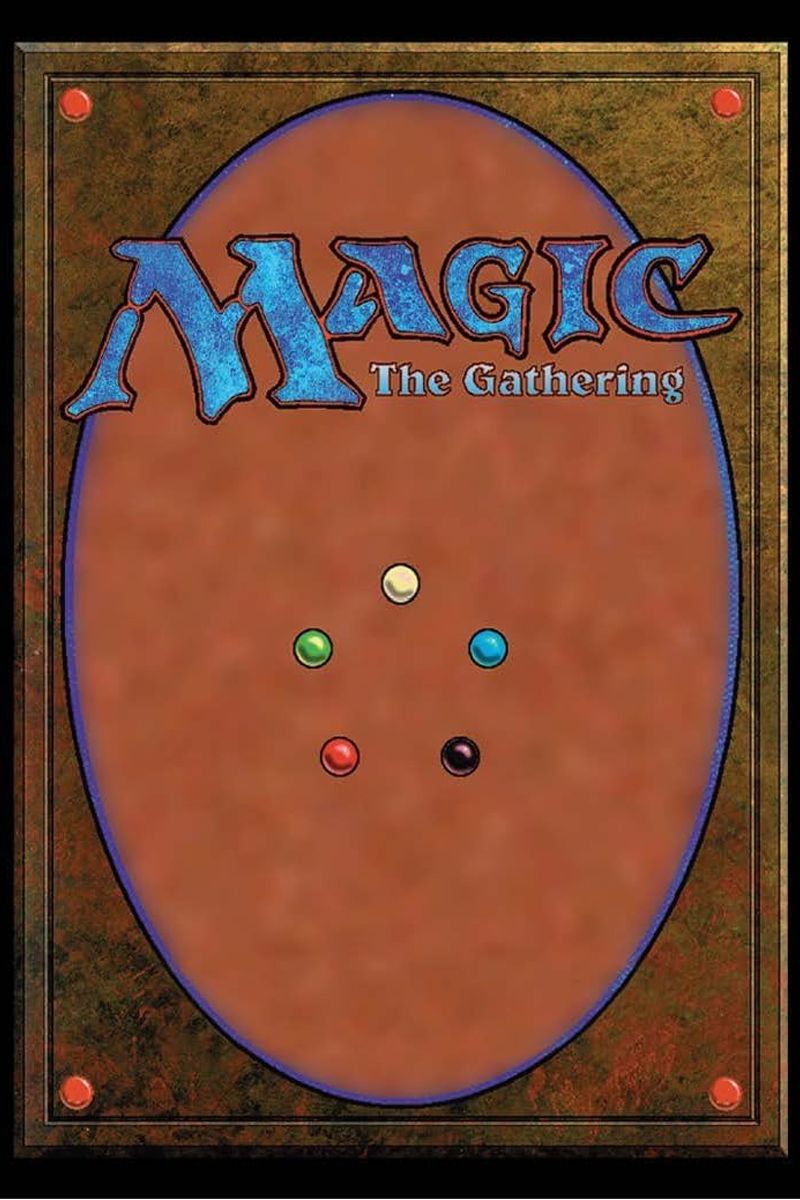
- Original Release Date
-
August 5, 1993
- Designer
-
Richard Garfield
- Player Count
-
2+
- Age Recommendation
-
13+
